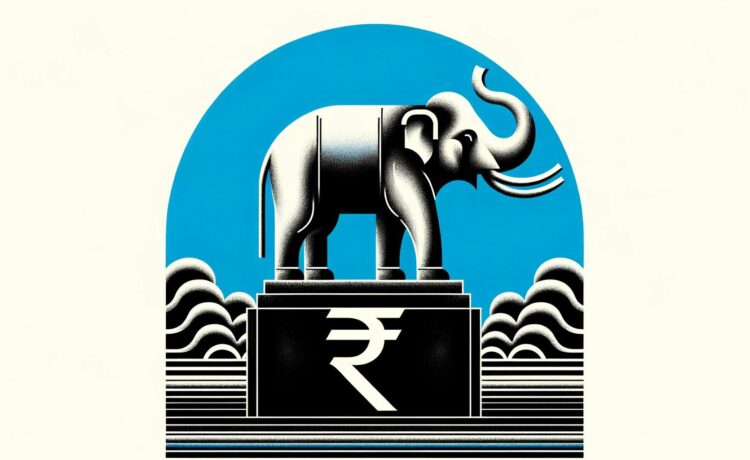What’s going on here?
The Indian rupee showed resilience on October 8, 2024, bolstered by state-run bank dollar sales, even as rising US bond yields and oil prices pressured most Asian currencies.
What does this mean?
In a week that could have seen the rupee follow its Asian peers into depreciation, state-run banks stepped in, likely at the behest of the Reserve Bank of India (RBI), to sell dollars and keep the rupee buoyant. Trading at 83.9475 against the US dollar, the rupee held slightly firmer than its previous close of 83.9775. The RBI has cautioned banks against taking large short positions on the rupee, leading to a reduction in such speculative activities. Meanwhile, the broader market narrative saw US bond yields rise, with 10-year Treasury yields hitting 4.03%, and adjusted Fed rate cut expectations for 2024. While most Asian currencies dipped by 0.1% to 0.3%, the rupee maintained its ground, aided by strategic interventions.
Why should I care?
For markets: Stability amid currency swings.
The global economic landscape is seeing shifts with US bond yields rising and oil prices climbing, creating ripples in currency markets. The rupee’s steady performance, aided by the Reserve Bank of India’s measures, could serve as a case study in currency stabilization amid external pressures. Investors eyeing Indian markets might find this stability reassuring, offering a counterpoint to more volatile regional currencies.
The bigger picture: Central banks on high alert.
As geopolitical tensions drive oil prices up and US economic indicators influence bond yields, Asian central banks, like Indonesia’s and India’s, are taking active roles in managing their currency markets. This highlights the broader theme of central banks being pivotal in navigating global economic challenges, with interventions becoming more common in maintaining economic stability amid increasing forex volatility.




